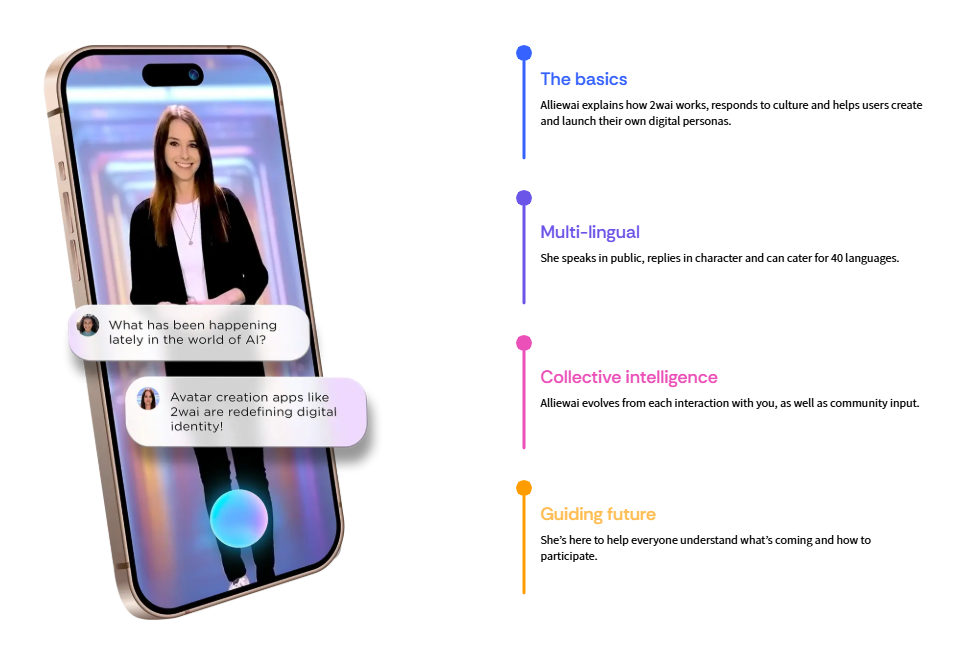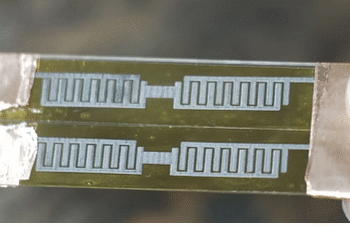Stanford electrical engineer has invented a way to wirelessly transfer power deep inside the body, and then use this power to run tiny electronic medical gadgets such as pacemakers, nerve stimulators or new sensors and devices
Ohio State University have successfully mapped how brain represent 3-D information
Purdue University research will soon make it possible for doctors to be able to detect and monitor a patient’s cancer with a simple blood test
University of Tokyo research suggest Brain has a neural region (like a metamemory) for memory evaluation and recollection.
University of Utah research suggest religious and spiritual experiences activate the brain reward circuits
New Raptor XL Inflatable Platform Fishing Boat that has a Tent on it.
Blue Line Technology is a non-intrusive, but rigorously precise, identity-verification system using intelligent facial recognition during LIVE video surveillance
Purdue University researchers are developing software in a “haptic device” that could give people with visual impairments the ability to identify scientific images on a computer screen using their other senses.
Memorial Care Heart & Vascular Institute, California research found Amazonian tribe appears to have the best heart health in the world, living a simple existence that inadvertently provides them extraordinary protection against heart disease
Columbia University’s research suggest taking vitamin B may play a critical role in reducing the impact of air pollution on the epigenome
University of Strathclyde, Glasgow, in Scotland research study found that sedentary behaviors begin to set in shortly after the ripe old age of 7.
e-Go is a lightweight carbon fiber single seat aircraft powered by a compact ‘wankel’ rotary engine and has removable canard and wings so it can be parked in your garage.
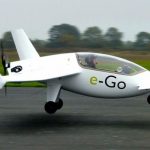
Stanford University has developed novel method to Label-Free Detection of Chemical Toxins in Tap Water by leveraging Fluorescent Carrier Ampholytes Assay.
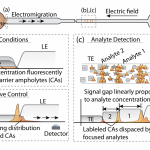
Defense Advanced Research Projects Agency (DARPA) is instituting new Lifelong Learning Machines (L2M) program that seeks to develop the foundations for systems that might someday “learn” in much the way biological organisms do
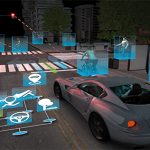
IOT -Internet Of Things, training courses
Makey Makey is an invention kit for school kids that makes anything into a ‘key’. (real objects that turn into touchpads)
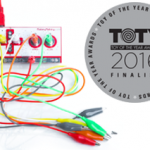
Eindhoven University of Technology have developed wireless network based on harmless infrared rays that is 100 times faster and it never overloads
Lotus Elise Sport 220 super car that weighs only 68kg and offers 217 hp / 250 Nm of torque, 1.8-litre supercharged engine

Lockheed Martin’s Robert Afzal and team have developed laser weapon systems, taking the page from star wars and making it real
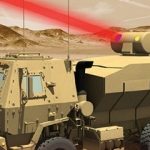
‘NanoCar’ is a molecule design with the idea that it can transport themselves through the bloodstream in order to deliver drugs to previously unreachable locations in the human body with a high degree of accuracy

Researchers at Harvard and MIT have developed a drug cocktail that unlocks potential to regrow inner-ear ‘hair’ cells and improve hearing
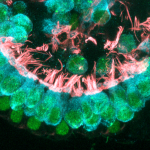
Renault has introduced ‘ZOE-e’ a supermini electric car that can speed up to 60 mph in 3.2 seconds thanks to its 40 kWh battery.
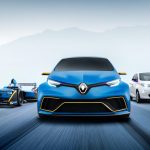
iPhone users can now have Amazon’s ‘ALEXA’ its artificial intelligence voice assistant on the go
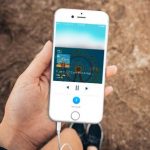
Proteomics and Bioinformatics Conference – Solving Problems in Health and Life Sciences- May 22-24, 2017 Osaka, Japan

NASA’s Advanced Resistive Exercise Device (ARED)
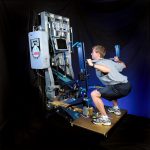
Augusta University in Georgia research suggest whole body vibration for 20 minutes has same health benefits as 45 minutes on a treadmill
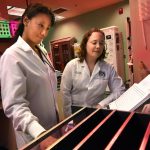
Researchers from Empa in St. Gallen, Switzerland have developed optic fibers for sensors that are ideal for textiles

Miso Robotics has developed artificial intelligence-driven robot that can grill burgers in a restaurant

FDA has approved Medtronic’s Insertable Cardiac Monitor to allow improved accuracy to better identify abnormal heartbeats


